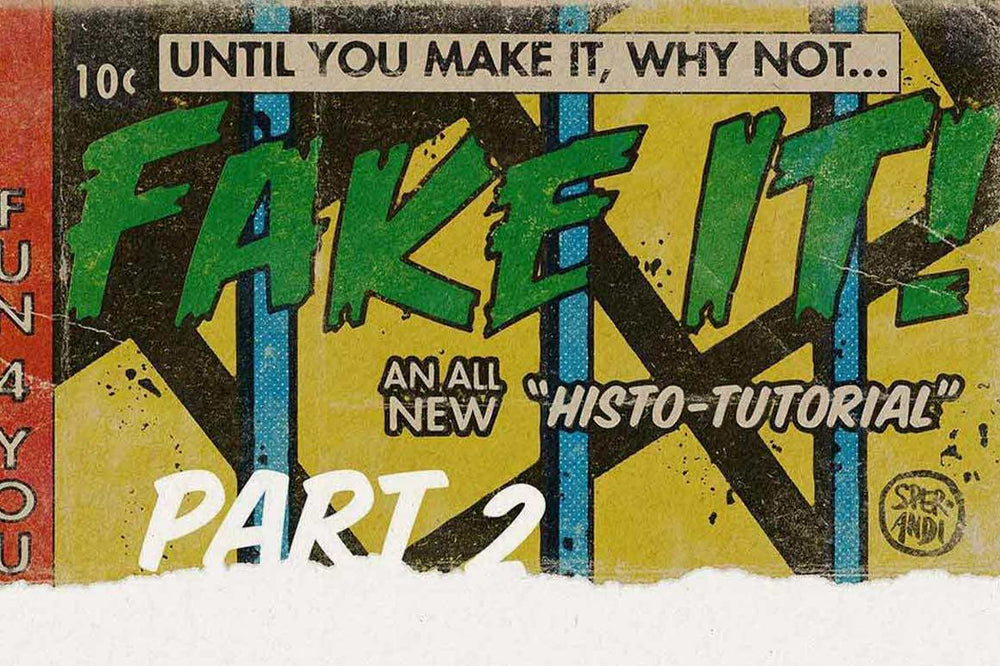This is the second in a series of three articles to assist artists in creating works that simulate cheaply printed comic books using RetroSupply tools.
If you haven't yet, be sure to read Part One in the series about linework and print and be sure you don't miss the Part Three in the series where we cover how to simulate the textures of vintage artwork.
Today, we’ll look at the use of multiple colors in printing, a relatively recent development, considering the long history of the medium. Color is complicated, and paradoxically, taken for granted.


